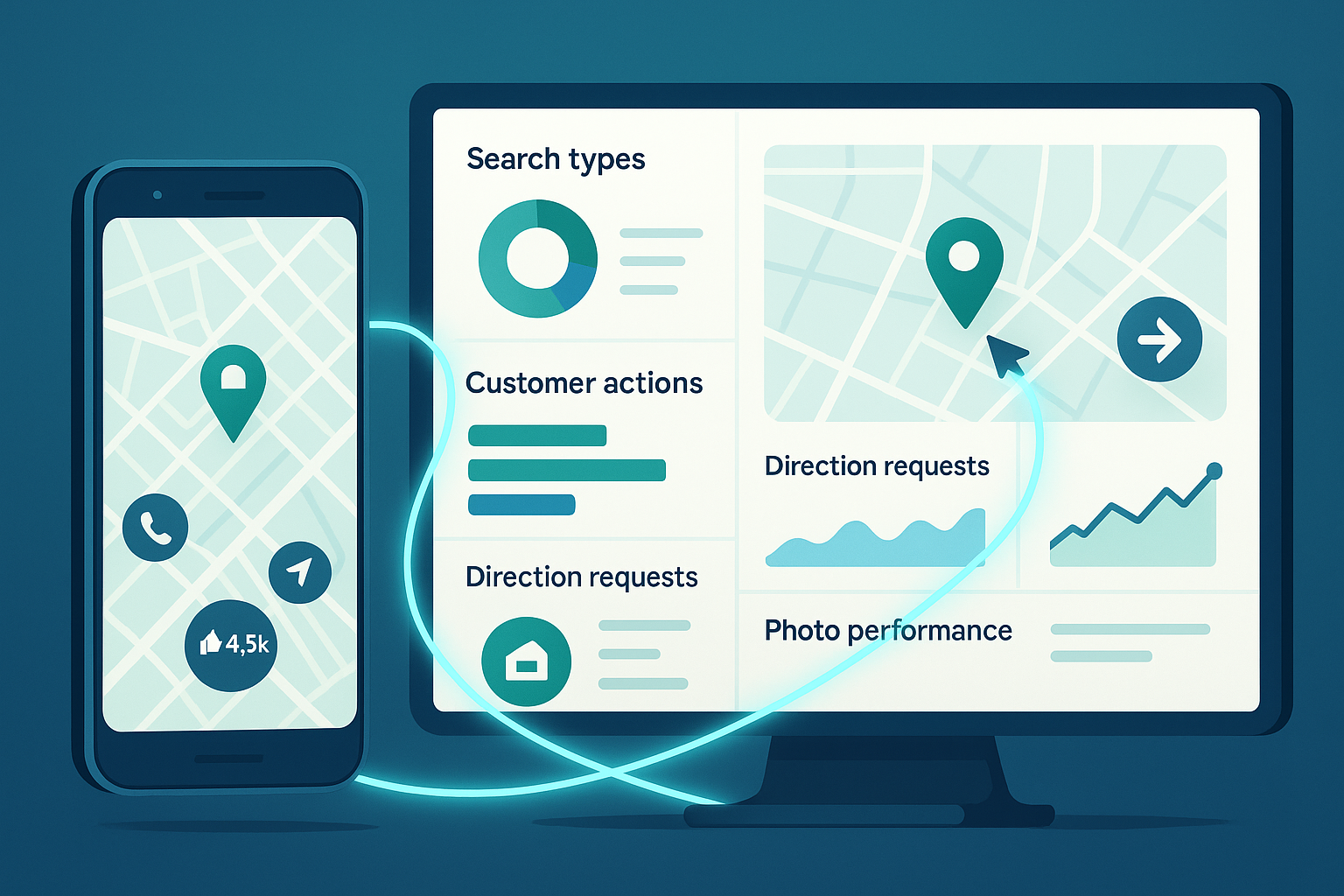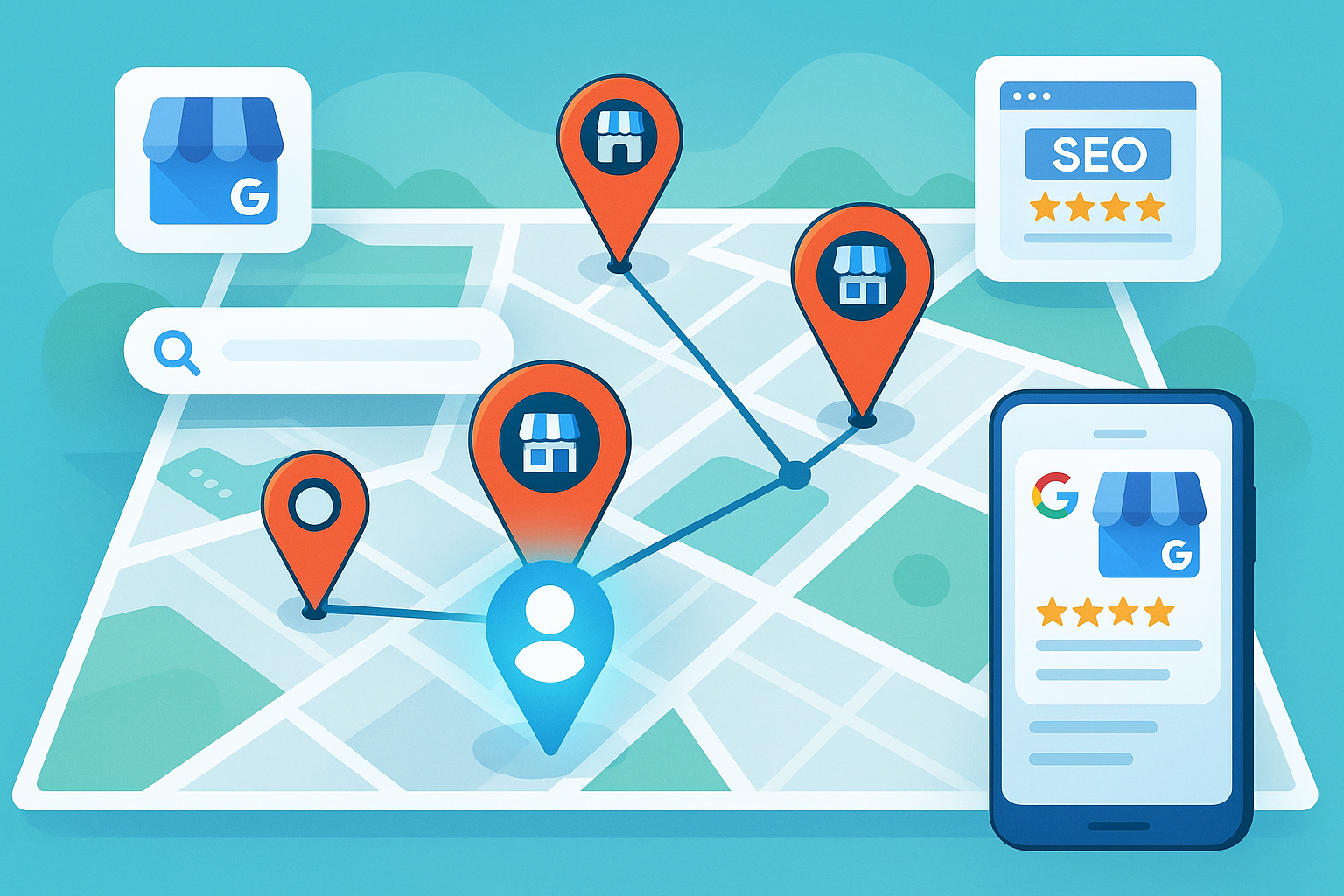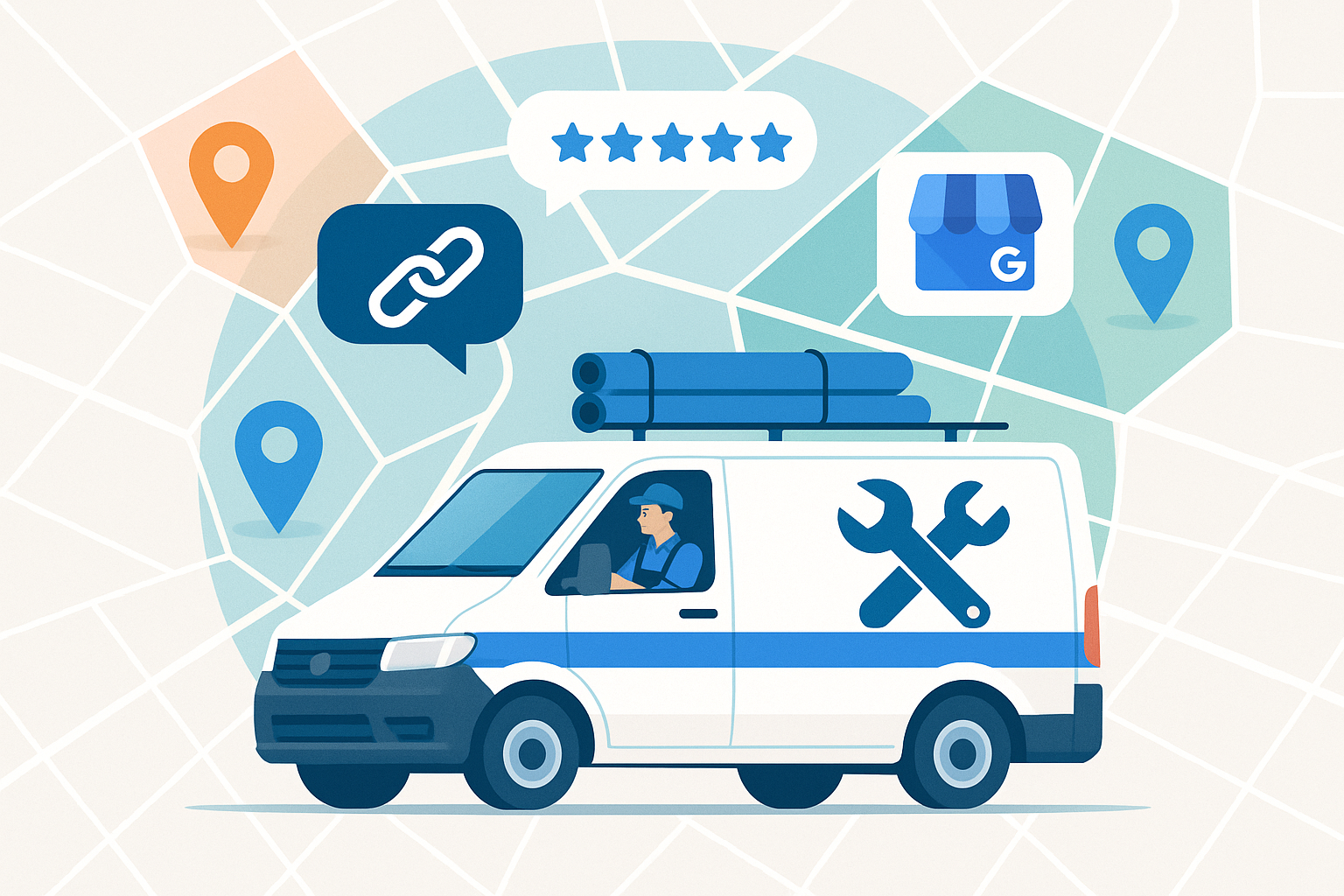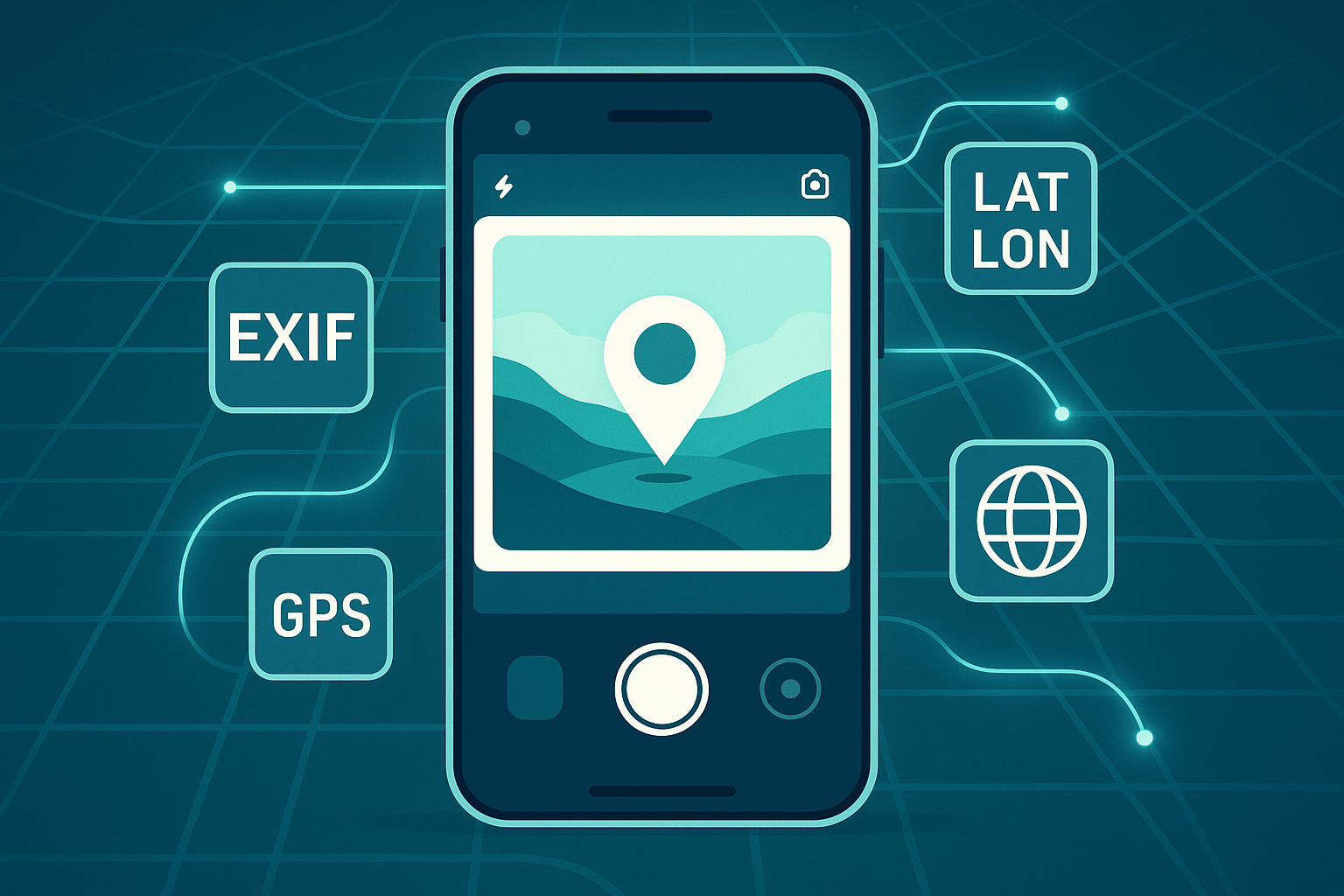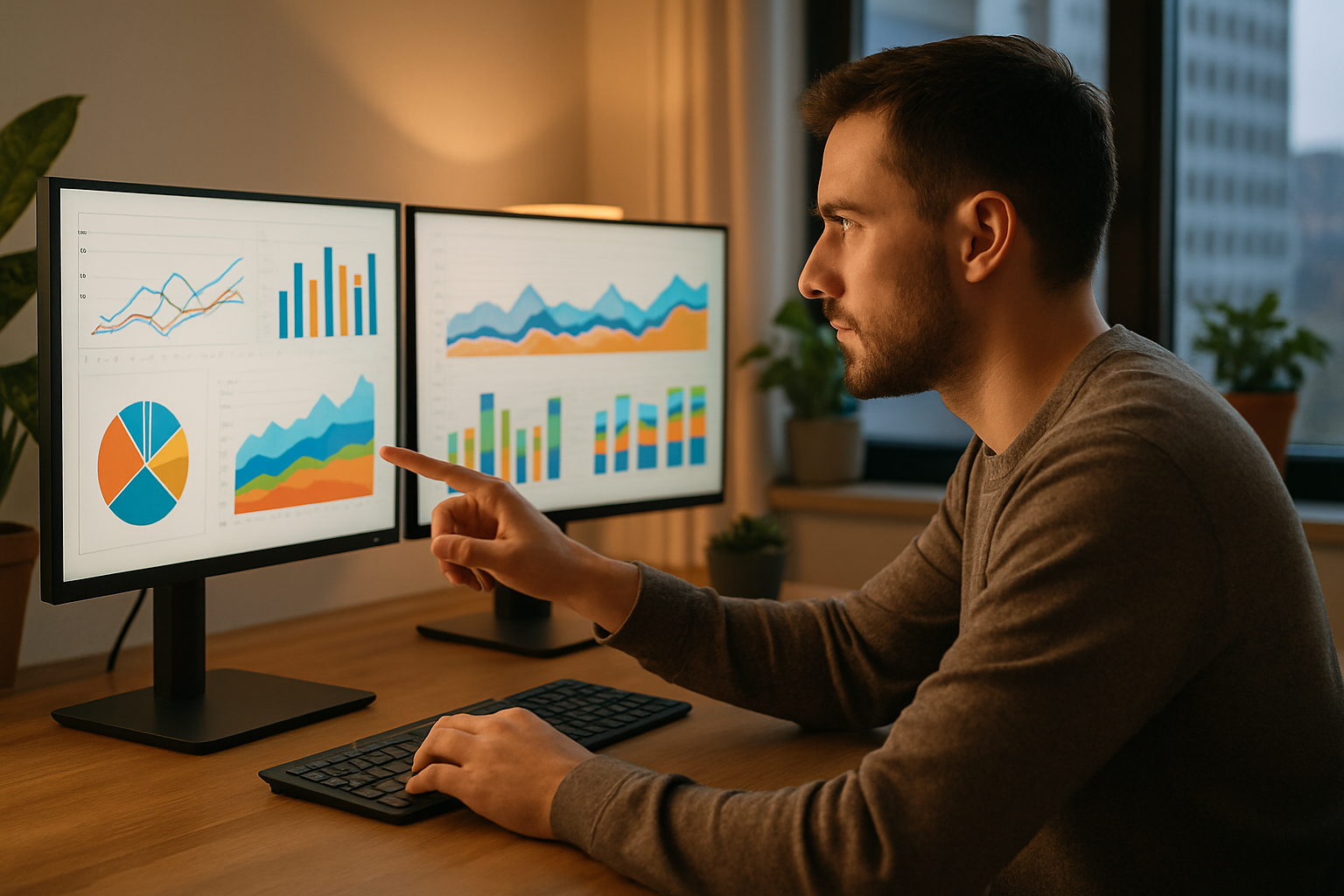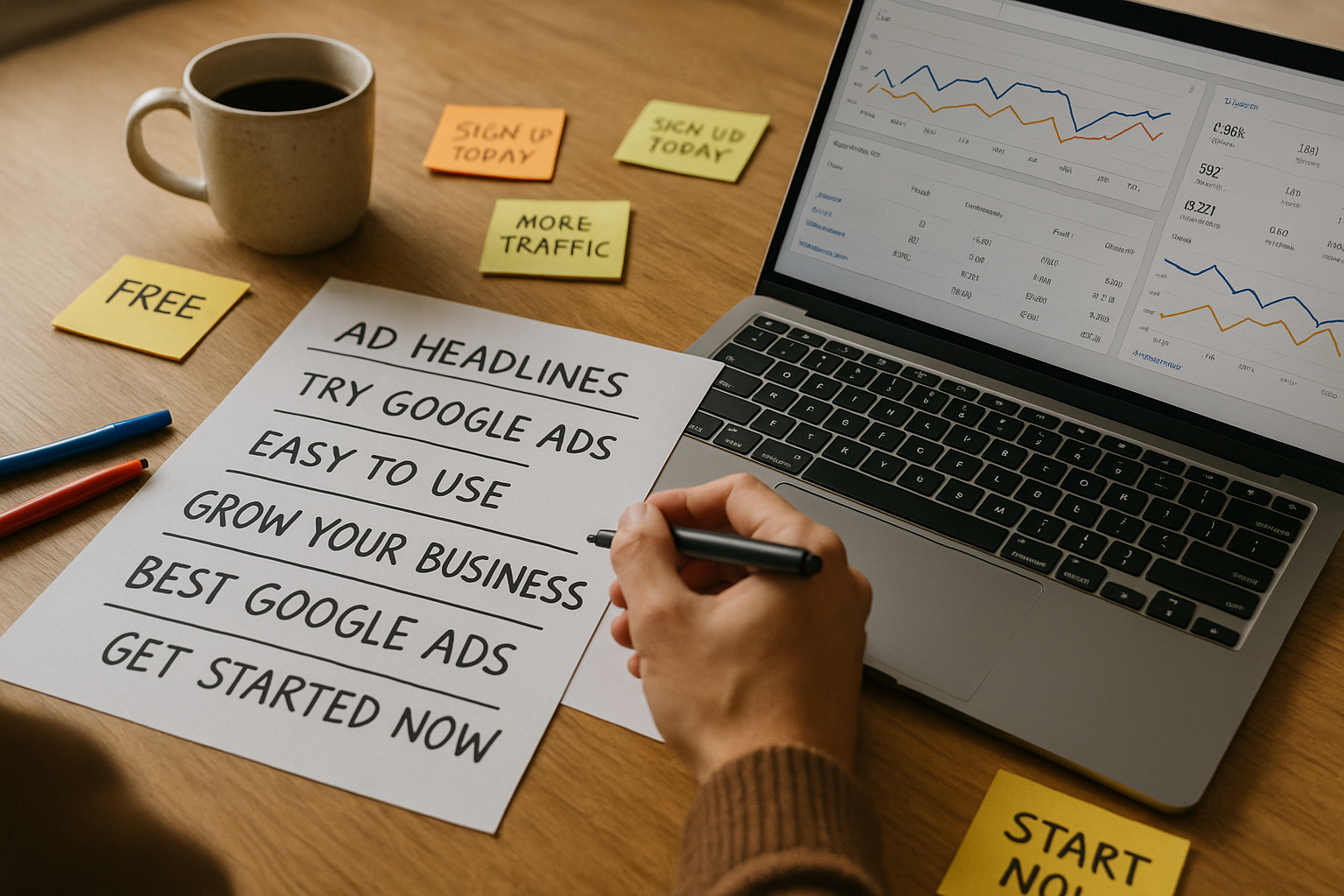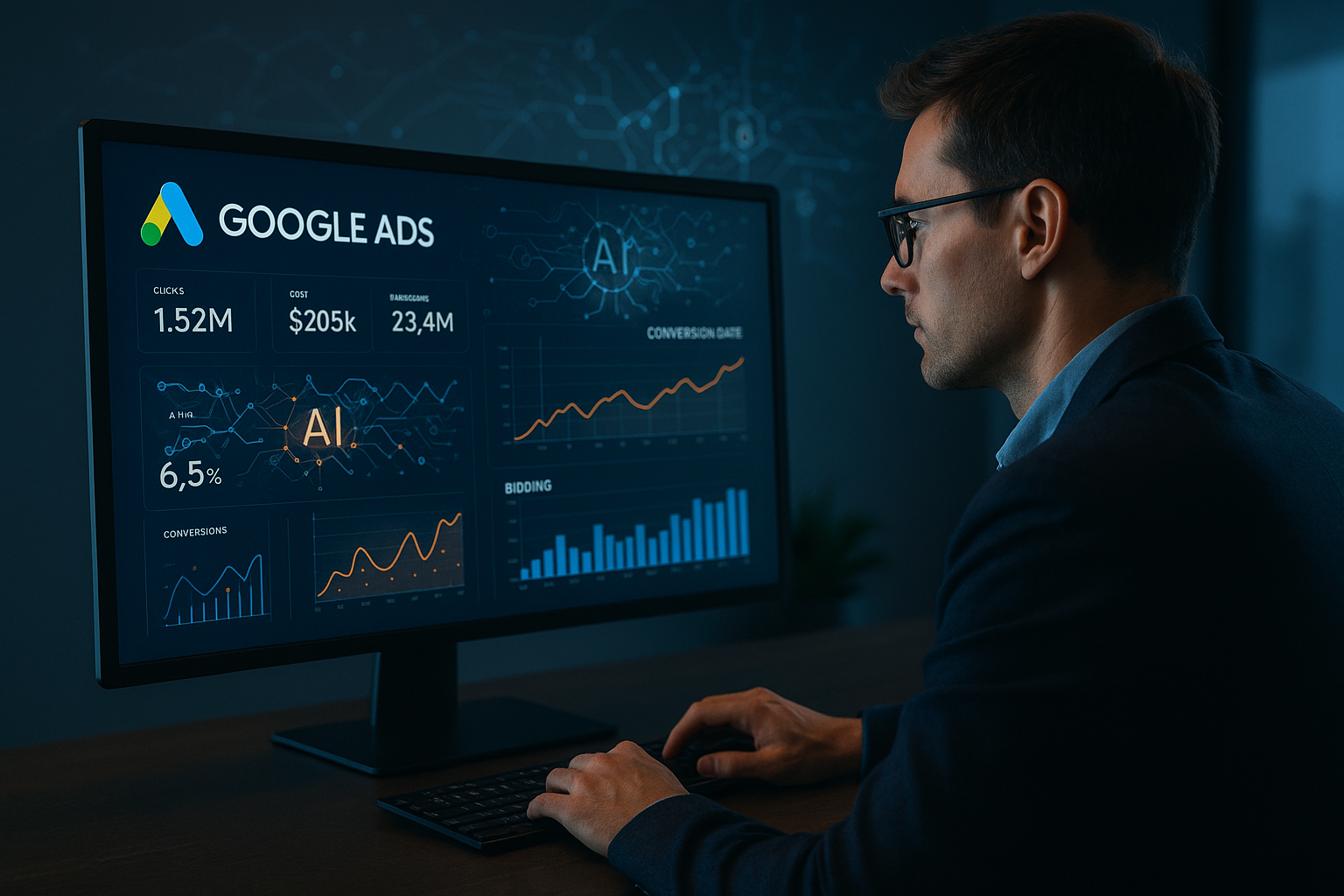How Do Local Backlinks Improve Map Pack Visibility?
When you search for a local business—like “plumber near me” or “best pizza in Philadelphia”—Google often shows a special section above the organic results called the Map Pack (or Local 3-Pack). Earning a spot there can dramatically increase visibility, website traffic, and foot traffic for local businesses.
But how do you rise into that coveted Map Pack? While factors like proximity, relevance, and Google Business Profile optimization matter, local backlinks play a powerful and often underestimated role. In this article, we’ll explore how local backlinks influence Map Pack rankings, why they’re different from traditional links, and how you can build them strategically to dominate your local area.
Understanding the Google Map Pack Algorithm
Before we dive into backlinks, it’s important to understand how the Google Map Pack works. When a user performs a local search, Google looks at three main ranking factors:
- Relevance – How well your business matches the search query
- Distance – How close your business is to the searcher’s location
- Prominence – How well-known and authoritative your business is online
Local backlinks mainly affect the prominence factor. Google uses them as signals of trust and authority, indicating that your business is not just relevant locally but also recognized within your community. The more credible, local websites that link to you, the more Google sees your business as an established part of the local landscape.
This is where link-building meets local SEO strategy. A strong backlink profile can make the difference between appearing below your competitors—or above them in the Map Pack.
What Are Local Backlinks?
Local backlinks are links from websites within your geographic area that point to your business’s website. These could come from:
- Local business directories (e.g., Chamber of Commerce, city business listings)
- Local news websites or blogs
- Neighborhood associations and community websites
- Local event pages or sponsorships
- Other small businesses in your region
The key here isn’t just the link itself but where it comes from. A link from a local Chamber of Commerce in your town can carry far more local SEO weight than a generic backlink from a random blog overseas.
Google’s algorithm recognizes that local links demonstrate community relevance, helping connect your business to your physical area. This builds trust in your local footprint—and, in turn, your Map Pack visibility.
Why Local Backlinks Matter for Map Pack Rankings
Google’s goal is to show users the most trustworthy and relevant results for their specific location. Local backlinks are like online “votes” that signal your legitimacy within that local ecosystem.
Here’s why they’re so valuable:
- Reinforce geographic relevance – When other local websites link to you, it validates your presence in that area.
- Increase domain authority – The more quality backlinks you earn, the more authoritative your site becomes overall.
- Boost your Google Business Profile (GBP) – Strong backlinks help support your GBP ranking indirectly by improving website authority.
- Drive referral traffic – Local backlinks don’t just help SEO—they also send targeted local visitors to your site.
Imagine you’re a roofing company in Philadelphia. If a local hardware store, a regional home improvement blog, and the local Chamber of Commerce all link to your website, Google sees that as proof that you’re a real, trusted business in that community—making you a top candidate for the Map Pack.
How Google Evaluates Local Backlinks
Not all backlinks are created equal. Google evaluates each one based on multiple quality factors to determine how much “authority” it should pass to your site.
Here’s what matters most for local SEO:
- Relevance – Is the linking website related to your industry or location?
- Authority – Is the linking website credible, established, and trusted?
- Anchor Text – Does the clickable text include relevant keywords or your business name?
- Diversity – Are you getting links from different types of sources (news sites, blogs, directories, etc.)?
- Location of the Link – Does the linking domain serve the same geographic area as your business?
For instance, a backlink from the Philadelphia Business Journal mentioning your restaurant carries much more local SEO weight than a random comment link from an unrelated forum. Google’s algorithm is now smart enough to detect location signals within backlinks, which helps your local ranking strength.
Examples of Local Backlink Opportunities
Building local backlinks isn’t as hard as it might sound. The key is to think about community relationships and visibility opportunities within your area.
Some of the best sources include:
- Local business directories: Register your company on high-quality directories like Yelp, BBB, and your Chamber of Commerce site.
- Local newspapers and blogs: Reach out to journalists or writers for coverage on local events or business features.
- Partnerships and sponsorships: Sponsor a youth sports team or community event—many will list sponsors on their websites.
- Charity and nonprofit organizations: Donate or volunteer; most nonprofits highlight local partners online.
- Local influencers: Collaborate with micro-influencers who run local blogs or social media pages.
Each of these links helps reinforce your presence within the community and boosts Google’s confidence that your business belongs in local search results.
How to Build Local Backlinks Strategically
Getting local backlinks should be a strategic, ongoing process. Instead of randomly asking for links, focus on building real relationships and creating valuable content that naturally attracts attention.
Here’s a simple step-by-step approach:
- Audit your current backlinks. Use SEO tools like Ahrefs or Moz to see where your links are coming from.
- Identify local opportunities. Make a list of local news sites, organizations, and directories.
- Outreach with value. When you contact local sites, offer something helpful—like expert commentary, event coverage, or co-marketing.
- Leverage your existing relationships. Ask partners, suppliers, or clients to feature your business on their websites.
- Create shareable local content. Publish guides like “Top 10 Family Activities in [City]” that naturally attract backlinks.
Building backlinks is about earning trust, not just acquiring links. When done right, it can steadily push your business higher in both organic search and the Map Pack.
The Relationship Between Local Backlinks and NAP Consistency
In local SEO, backlinks don’t stand alone—they work hand in hand with other factors like NAP consistency (Name, Address, Phone number).
When your business information is consistent across all online directories, local citations, and linked pages, it helps Google verify your legitimacy. If your backlinks point to a website that clearly displays the same NAP details as your Google Business Profile, it reinforces your credibility.
For example:
- If a local blog links to your restaurant’s site with your exact business name and address listed, it confirms your location.
- If multiple local directories link to your business using consistent details, Google’s algorithm builds more confidence in showing your profile to users nearby.
That’s why local backlinks combined with accurate NAP data create a strong trust signal for Google’s local ranking systems.
Avoiding Low-Quality or Spammy Backlinks
While backlinks can help, not all are beneficial. In fact, low-quality or irrelevant links can harm your site’s authority or trigger Google penalties.
Here are red flags to avoid:
- Links from sites that have no local or industry relevance
- Paid link schemes or “link farms”
- Comment spam or forum posts
- Over-optimized anchor text (e.g., “best cheap plumber Philadelphia” in every link)
- Links from sites with poor content or a history of penalties
Always prioritize quality over quantity. A single local link from a respected city organization can be more powerful than 100 spammy ones. Think of backlinks as reputation endorsements—the source matters.
Measuring the Impact of Local Backlinks on Map Pack Visibility
How do you know if your local backlinks are actually working? The key is to track both ranking performance and traffic metrics.
Use these tools and indicators:
- Google Business Profile Insights – See how many calls, views, and direction requests you’re getting.
- Google Search Console – Track which local queries are driving impressions and clicks.
- Rank tracking software – Monitor your position for local keywords over time.
- Referral traffic in Google Analytics – Check which backlinks are bringing in real visitors.
If your backlink profile is improving and you’re earning links from reputable local domains, you should start to see an upward trend in your Map Pack impressions and clicks within a few months.
Combining Local Backlinks with Other Local SEO Strategies
Local backlinks work best when they’re part of a broader local SEO ecosystem. To maximize your Map Pack visibility, pair link-building with:
- Optimized Google Business Profile: Keep it updated with fresh posts, accurate hours, and photos.
- Local content marketing: Publish locally relevant blogs and landing pages that can attract links.
- Reputation management: Encourage satisfied customers to leave Google reviews.
- Schema markup: Use LocalBusiness schema on your website to help Google read your location data more clearly.
When these strategies align, your local backlinks amplify all other efforts, creating a feedback loop that continually strengthens your Map Pack rankings.
The Long-Term Value of Local Link Building
Unlike paid ads that stop working once the budget runs out, backlinks provide long-term SEO value. A well-earned local backlink can continue benefiting your visibility for years.
Local link building also helps:
- Build brand authority: Being featured on local sites increases trust with both Google and potential customers.
- Drive consistent referral traffic: Local audiences clicking through from these sites are often highly relevant.
- Strengthen community relationships: Collaborations, sponsorships, and partnerships build loyalty offline and online.
Think of each local backlink as a digital handshake—a sign that your business is an active, valued part of your community.
Bringing It All Together
Local backlinks are one of the most powerful tools for improving Map Pack visibility—but they require strategy, authenticity, and patience. By earning backlinks from credible local sources, maintaining NAP consistency, and combining this effort with strong on-page and profile optimization, your business can significantly increase its local prominence.
At GetPhound, we specialize in helping small and medium-sized businesses dominate their local markets through smart, data-driven SEO strategies. Whether you need help earning quality local backlinks, optimizing your Google Business Profile, or developing locally focused content, our team has the expertise to make your business stand out in search results—and in your community.
Ready to strengthen your local SEO presence and move up in the Map Pack?
Contact
GetPhound today and let’s turn your online visibility into real-world growth.


